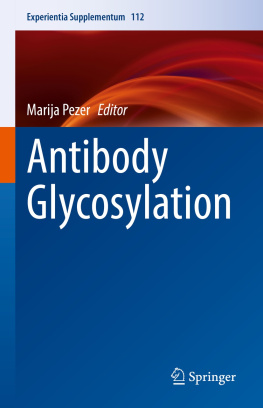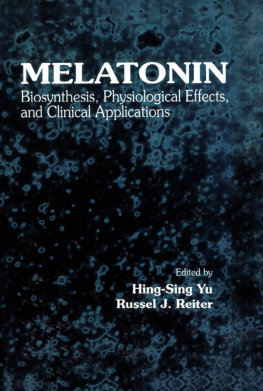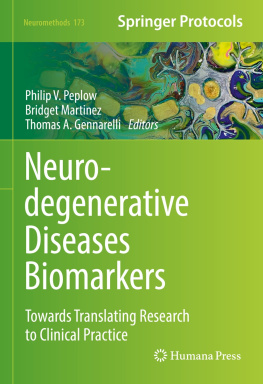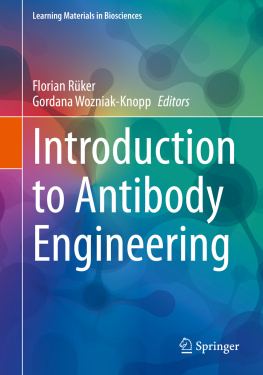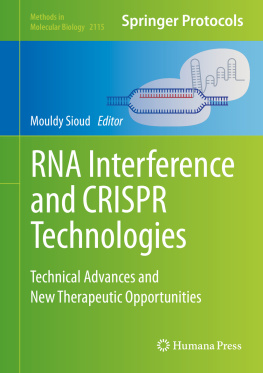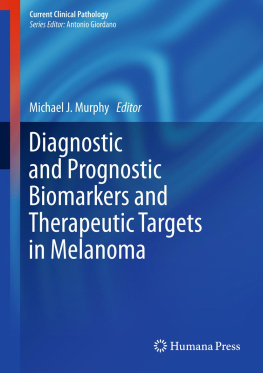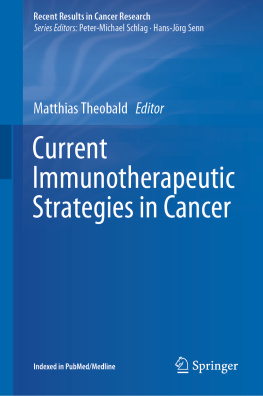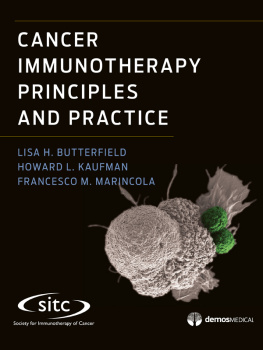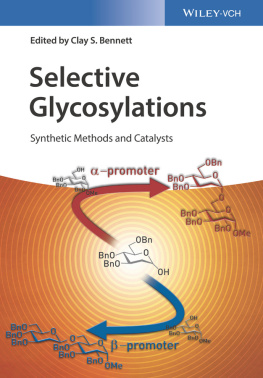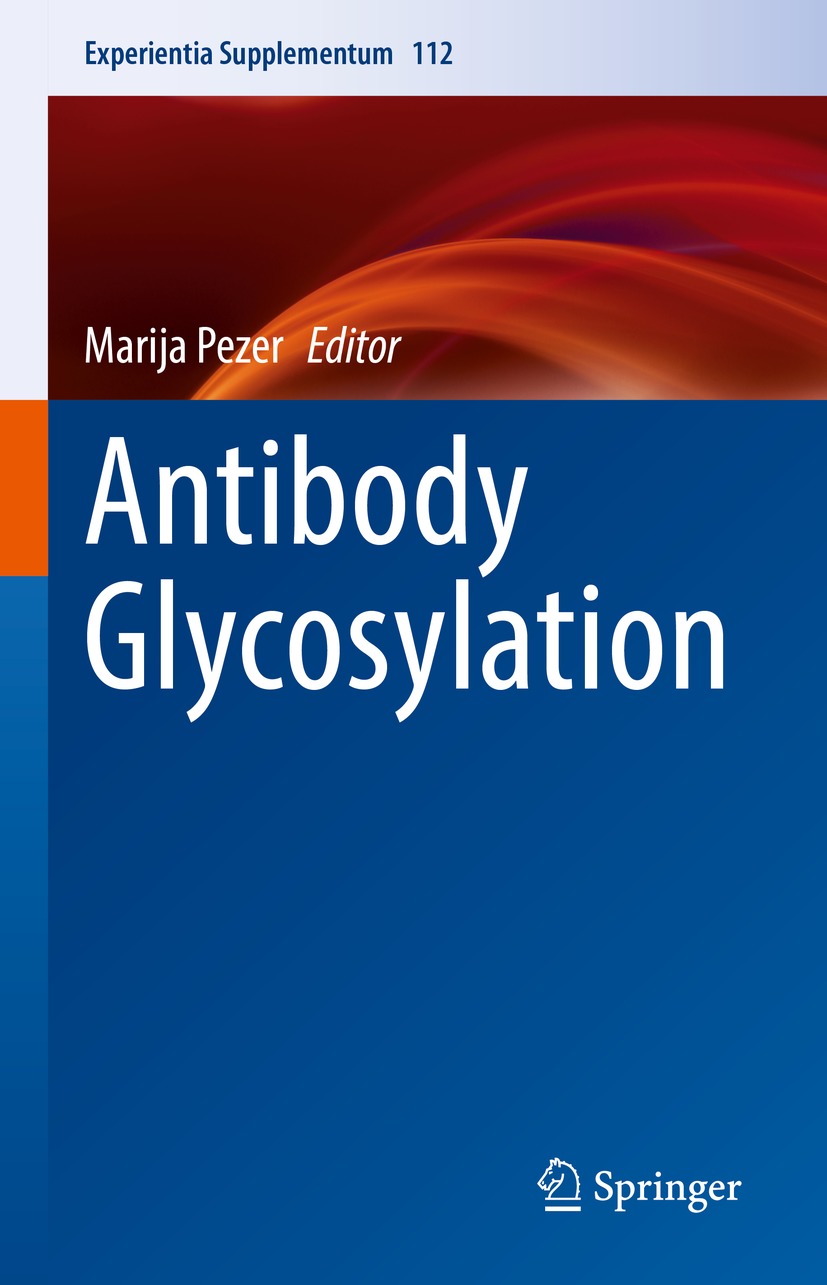Volume 112
Experientia Supplementum
Experientia Supplementum (EXS) is a multidisciplinary book series originally created as a supplement to the journal Experientia which appears now under the cover of Cellular and Molecular Life Sciences.
The edited volumes focus on selected topics of biological or biomedical research, discussing current methodologies, technological innovations, novel tools and applications, new developments and recent findings.
The series is a valuable source of information not only for scientists and graduate students in medical, pharmacological and biological research, but also for physicians as well as practitioners in industry.
EXS is indexed in Medline and Chemical Abstract Service (CAS).
More information about this series at http://www.springer.com/series/4822
Antibody Glycosylation
1st ed. 2021

Logo of the publisher
Editor
Marija Pezer
Glycoscience Research Laboratory, Genos Ltd., Zagreb, Croatia
ISSN 1664-431X e-ISSN 2504-3692
Experientia Supplementum
ISBN 978-3-030-76911-6 e-ISBN 978-3-030-76912-3
https://doi.org/10.1007/978-3-030-76912-3
The Editor(s) (if applicable) and The Author(s), under exclusive license to Springer Nature Switzerland AG 2021
Chapter 4 is licensed under the terms of the Creative Commons Attribution 4.0 International License (http://creativecommons.org/licenses/by/4.0/). For further details see license information in the chapter.
This work is subject to copyright. All rights are solely and exclusively licensed by the Publisher, whether the whole or part of the material is concerned, specifically the rights of translation, reprinting, reuse of illustrations, recitation, broadcasting, reproduction on microfilms or in any other physical way, and transmission or information storage and retrieval, electronic adaptation, computer software, or by similar or dissimilar methodology now known or hereafter developed.
The use of general descriptive names, registered names, trademarks, service marks, etc. in this publication does not imply, even in the absence of a specific statement, that such names are exempt from the relevant protective laws and regulations and therefore free for general use.
The publisher, the authors and the editors are safe to assume that the advice and information in this book are believed to be true and accurate at the date of publication. Neither the publisher nor the authors or the editors give a warranty, expressed or implied, with respect to the material contained herein or for any errors or omissions that may have been made. The publisher remains neutral with regard to jurisdictional claims in published maps and institutional affiliations.
This Springer imprint is published by the registered company Springer Nature Switzerland AG
The registered company address is: Gewerbestrasse 11, 6330 Cham, Switzerland
Foreword
Antibodies are one of the main weapons in our arsenal for the eternal war against pathogens. They are an elaborate tool that can specifically recognize foreign structures in our body. This is achieved by site-specific recombination of multiple variants of the V, (D), and J sequences of the variable region followed by somatic hypermutation that induces up to a million times higher rate of mutation in this region during antibody maturation. The fact that a completely bizarre process that, against all evolutionary logic, actually induces mutations has been invented during evolution indicates how important antibodies are for our survival. But binding to antigen is only one part of what antibodies do. After binding to a foreign object, antibodies have to activate proper molecular mechanisms to deal with this foreign, non-self object. If this non-self antigen is a pathogenic virus, or a bacterium, it has to be eliminated in the most efficient way. If it is on a cell that may be transformed to a tumour cell, or infected by a virus, the entire cell should be eliminated. But if this foreign antigen is a food we eat, dust, or some antigen in the air, then this antigen should be ignored, and the activation of the immune system should be avoided.
The decision of how to react to a foreign antigen is one of the most complex decisions that have to be made, and these decisions have to be made continuously throughout our lifetime. Alternative glycosylation modulates the execution of these decisions by directing IgG to different receptors and in this way activating different branches of our immune system. Fc glycans are an integral part of the CH2 domain of antibodies and as such represent an integral structural component that participates in the interaction with Fc receptors and other proteins. Attaching a different glycan to the polypeptide backbone changes the structure of the antibody and modifies its affinity for different receptors. The best currently known example is the role of core fucose that acts as a safety switch against antibody-dependant cellular cytotoxicity (ADCC) by attenuating binding of IgG to Fc-gamma-receptor IIIA.
Contrary to the polypeptide parts of the antibody that can be changed only by inducing changes in the corresponding genes, glycans are encoded in a complex network of at least several dozen genes that are affected by both epigenetics and the environment. This enables flexible and dynamic regulation of antibody function and is extensively used to fine-tune our immune system. More than thirty years ago, the initial discovery of changes in the IgG glycome composition in diseases was made and until now over 100,000 different IgG glycomes have been analysed in different diseases and physiological states. Changes in IgG glycosylation are associated with numerous diseases, often even before any other symptoms of the disease are detectable, indicating that they might be a part of molecular pathophysiology leading to the disease. With ageing IgG glycome converts from a composition that suppresses inflammation to an inflammation-promoting glycome that seems to be an underlying risk factor in many cardiometabolic diseases.
Glycosylation is an essential element in the development of different therapeutic monoclonal antibodies, and glycoengineered drugs are already on the market. Inter-individual differences in glycosylation are large and may be an important underlying element for the response or non-response to a given drug, but this is still understudied. Hopefully, the recent progress in analytical methods will enable more studies in this direction, which would help us to better understand functional aspects of inter-individual differences in antibody glycosylation.
The book Antibody Glycosylation edited by Marija Pezer and written by an international team of accomplished scientists from academia and industry provides a comprehensive overview of biosynthesis, regulation, functionality, analytics, and applications of immunoglobulin glycosylation. By covering automatization and bioinformatics in high-throughput analytical settings, it provides new perspectives for research and development in the field of therapeutic antibodies, biomarkers, vaccinations, and immunotherapy.
Gordan Lauc
Contents

